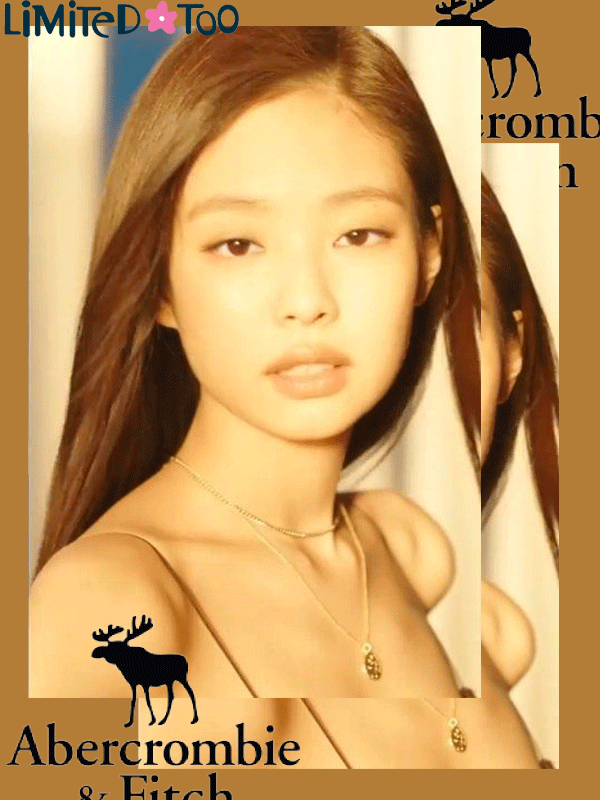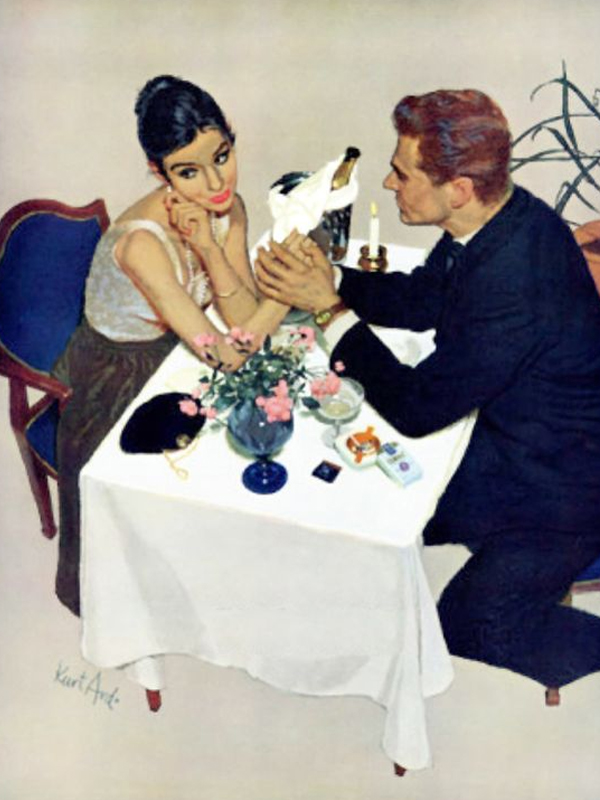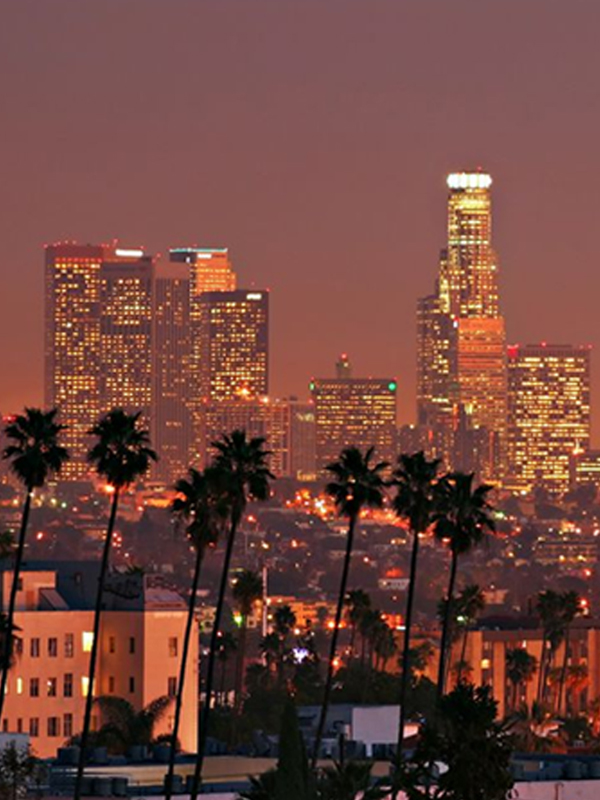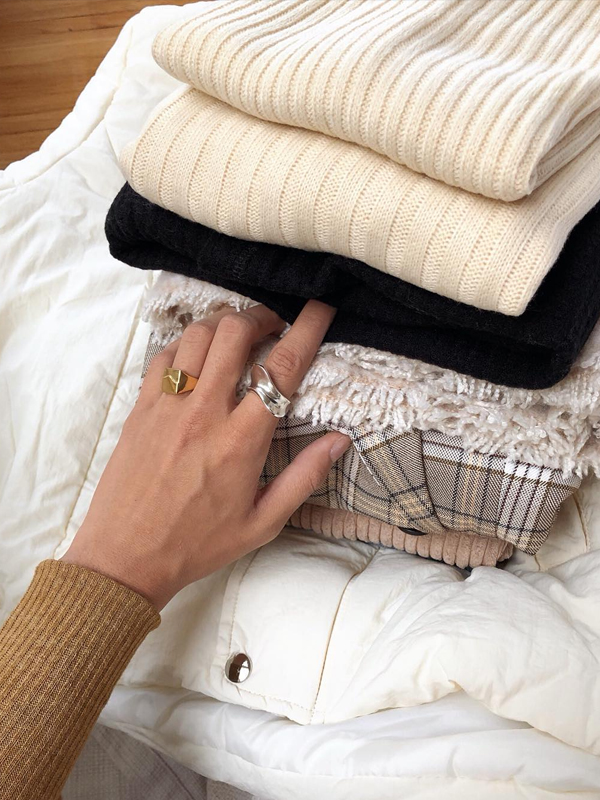
Midtown East, Pre-Pandemic
May 19, 2020
I Bought A 24-Karat Gold Vibrator For $2,000
May 19, 2020How I Used Fashion To Hide My Asianness

Photo: Jennie Kim, BLACKPINK. Design credit: Kim Duong / 99protagonists.
“Let’s get this,” my mom said, pointing to a T-shirt printed with a glittery white girl kicking a soccer ball. Was I a white girl? Or interested in playing soccer? That would be a no on both counts, but I didn’t care. I nodded in desperation. Yes. Yes to everything. As long as it was from Limited Too, I wanted it all. I was 11 years old, and to me, Limited Too clothing was everything: It embodied what it meant to be an American girl.
As I got older, my taste in mall brands evolved as well. Limited Too became Old Navy and Gap, and those were replaced by American Eagle and Abercrombie & Fitch. All of my summers in Michigan from when I was 9 to 17 were spent like this. I got one day to buy all my clothing for the forthcoming school year and that was it. We’d leave the store, our shoulders and arms weighed down with outsized shopping bags, and I cherished every second of it.
But these annual sprees wouldn’t have happened if we hadn’t moved to Asia. I was 8 when my parents told me we were uprooting our entire lives and relocating across the world to Guangzhou, China—not even Hong Kong, where it was cool and British. This was in 1998, too, when China wasn’t nearly as developed as it is today. It was super smoggy, smelly, and dirty. They gave me the news while we were “on vacation” (but really, apartment-hunting) in China over a buffet at the hotel. I thought my life was over. I hated buffets after that. I hated China. Everyone was Chinese, and I was American. But what I hated the most was that I looked Chinese, too.
I didn’t develop a racial inferiority complex when we moved. It was likely always there—perhaps ever since I was old enough to see and acknowledge that I looked different, and I was judged to be different by how I looked, from everyone else who lived in our predominantly white suburb of Michigan.
In third grade, I remember we had a new student—a girl from China who spoke not a single word of English—and my teacher not only wanted us to partner for everything, but also expected us to be immediate friends. It’s the fact that she assumed we shared any interests at all based on our appearance alone was maybe my first taste of racism. Well, the first experience I remember at least. My mother likes to tell the story of how when I was an infant, a white lady came up to her and asked if I was up for adoption.
Growing up, I dressed like your average American child. I can recall a few of my favorites—pieces that my mom probably scooped up at Marshall Field’s or TJ Maxx. There was a Nala-printed Lion King T-shirt that I absolutely adored. I had a pink plasticky iridescent belt that I would use to cinch all my jeans. A lime green tee with giant cartoonish tulips was also in heavy rotation (I wore it for my first grade student picture). None of these were name-brand clothes, and that was perfectly fine. But in second grade, my mom’s friend—who was either once a seamstress or was simply just very handy with a sewing machine—made me matching long-sleeve tees and pants from a garishly printed roll of stretchy fabric. Worn together, I was basically walking wallpaper. I was teased. A boy slapped a “Kick Me” sticker on my back. A group of girls wouldn’t let me join their Hanson Fan Club and I was quizzed on ridiculous facts about the brothers that others didn’t have to answer.
It was then that I realized the power of fashion. It’s armor. Wear the right thing and no one can use it as ammo against you. It can protect you from the name-calling, the whispering, the bullying. My first lesson was that you could use it to blend in, to be invisible. My second lesson happened after the move: You could use fashion—and brands, specifically—to communicate a message, like your personality, your status, and in my instance, your nationality.
In China, my little brother and I were enrolled into an international school with students who were the children of other expats from around the globe. There were kids from Sri Lanka; Melbourne, Australia; Geneva, Switzerland; Trondheim, Norway; Oklahoma City, USA; essentially, kids who hailed from every corner of the world. It was a true melting pot of different ethnicities and cultural backgrounds—and yet, despite this overwhelmingly glorious celebration of diversity, I only ever wanted to hang out with the Americans. The white Americans.
And so I had to prove my own Americanness. Short of making a permanent change, I manipulated my appearance through how I dressed. I consulted what I considered to be the authorities on fashion—teen magazines—and subscribed to them all: YM, Teen People, Seventeen, and CosmoGirl. I hoarded Delia’s catalogues like they were limited-edition collectibles, dog-earing the looks I had to have. Brands were all that mattered to me. At the start of every new school year, I couldn’t wait to show off my new Limited Too dresses and tanks. When the surf brands—Roxy, Billabong, and Stussy—were heralded as the cool labels, I wore those, too.
It didn’t stop when we moved to Hong Kong. By then, I was in high school. I streaked my hair with blond highlights (since I did it myself, it turned out brassy and orange). I wore my Abercrombie & Fitch with pride (though my teenage classmates, the ones from the wealthiest families in the city, were carrying Chanel bags and wearing Gucci sneakers).
Looking back, all I feel is shame. I wish I had learned to embrace my background a lot earlier. I wish that I hadn’t wasted so much time—or my parents’ money—scrubbing myself of my cultural identity. I wish I had appreciated and taken advantage of living abroad and learned more about other cultures. I wish I hadn’t been so materialistic.
But those feelings of acceptance won’t come until at least a decade later. In college, I probably leaned into it even more. I was back in the States to attend a Big Ten school. And to my immense disbelief, my “randomly assigned” freshman roommate was a local girl from Hong Kong, the only other international student in my dorm. But I’m back in my native country, I thought. But I guess to others, maybe I wasn’t. I did my best to distance myself from the “fobs” (“Fresh Off the Boat,” a put-down for international students who didn’t look or sound American). I either walked ahead of them or slowed my pace so it didn’t look as though I was a part of their pack. I avoided eye contact when I saw them huddled together, chain-smoking outside classroom buildings. I rushed a white sorority and endured the many (and there were many) condescending “Your English is so good” comments. I wore leggings like everyone else. I shopped Topshop, Zara, and Forever21 like everyone else. In the winter, I shrugged on a black North Face puffer. Like everyone else.
I so badly wanted to blend in then. Now, not so much. A lot of it has to do with age, but a big part of it is the increased visibility Asians have in mainstream media, in fashion, in the stories that amplify our voices. We are, finally, a part of the conversation. Still, after more than 30 years of training myself to think and behave one way, it’s hard to let go of caring how I’m perceived, or if I look “too Asian.” I won’t lie—it’s still there, as much as I hate to admit it. And in light of the pandemic and the growing number of racist acts against Asians, it’s a scary time to be different, to be a minority, to be “un-American.” But I know now I shouldn’t have to prove anything to anyone.
With a closet of Limited Too, Gap, and more.






